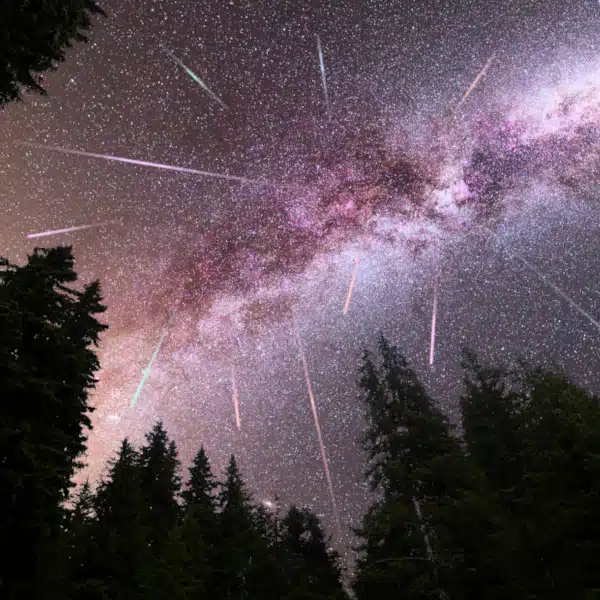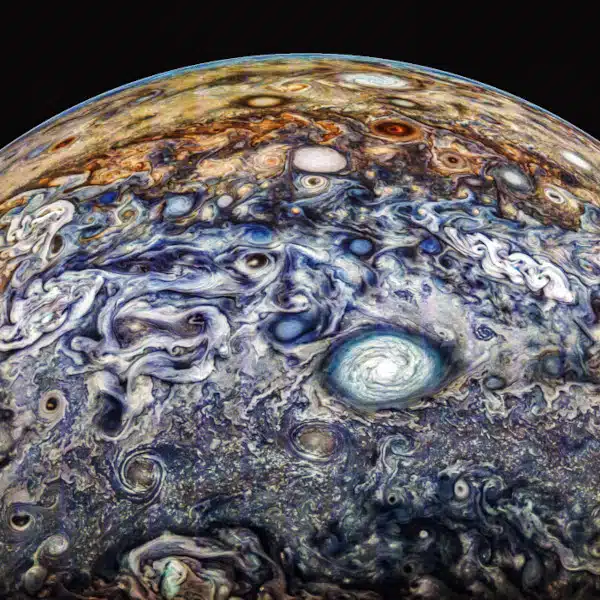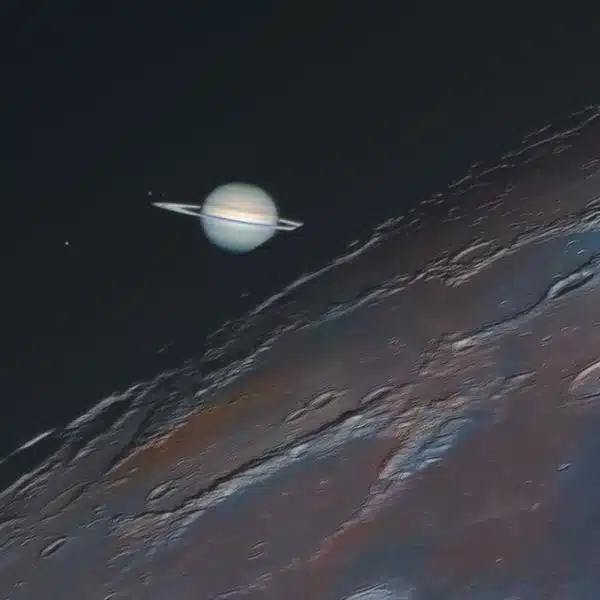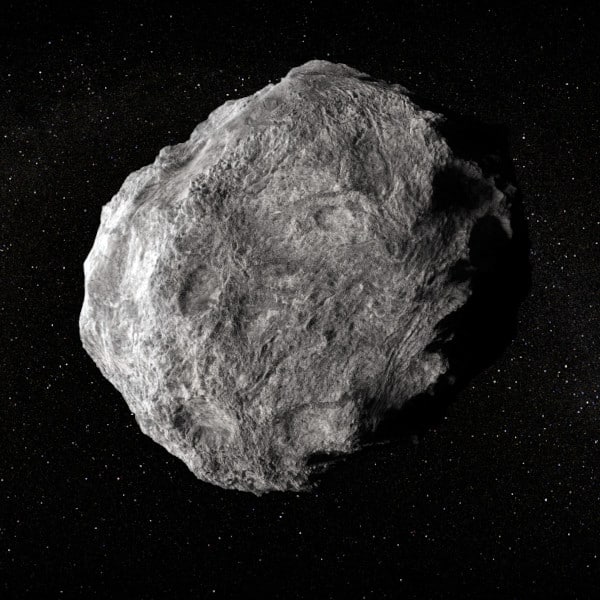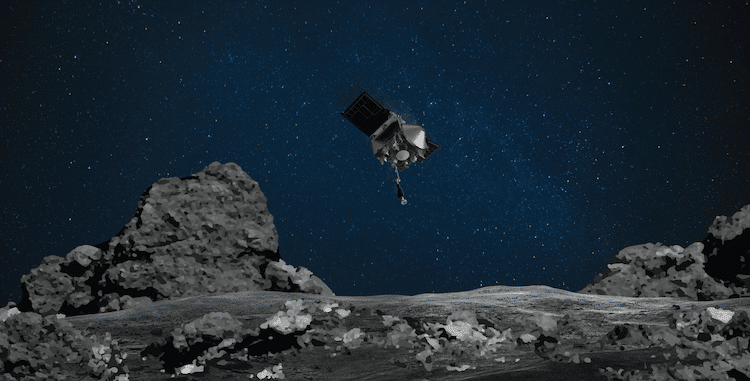
Photo: NASA/Goddard/University of Arizona
There's something historic to celebrate at NASA. For the first time in the agency's long history, a NASA spacecraft touched down on an asteroid. On October 20, OSIRIS-REx briefly landed on the Bennu asteroid, which is located 200 million miles from Earth. The quick touch-and-go (TAG) landing allowed the spacecraft's robotic arm to gather dust and pebbles that will be delivered to Earth for analysis in 2023.
These samples will help give scientists a view into the early solar system, as Bennu is an ancient asteroid formed billions of years ago. These particles may be able to help us understand the building blocks of our own planet. This critical mission was over a decade in the making, and its success shows the incredible technological advances that have been made in order for it to occur.
“Today’s TAG maneuver was historic,” said Lori Glaze, Planetary Science Division Director at NASA Headquarters in Washington. “The fact that we safely and successfully touched the surface of Bennu, in addition to all the other milestones this mission has already achieved, is a testament to the living spirit of exploration that continues to uncover the secrets of the solar system.”
TOUCHDOWN!
Sampling in progress 💥#ToBennuAndBack pic.twitter.com/8dj2g8AUxK
— NASA's OSIRIS-REx (@OSIRISREx) October 20, 2020
Preliminary data shows that the collection was a success, and if this is confirmed, OSIRIS-REx will start making its way back to Earth in March 2021. If not, another collection attempt will occur in January. OSIRIS-REx will need to have collected about 60 grams of material—roughly the size of a candy bar—for the mission to be declared successful.
So how will scientists know if they got the samples that they're after? First, they'll analyze the footage of the spacecraft backing away. This will allow them to see if the Touch-And-Go Sample Acquisition Mechanism (TAGSAM) left behind marks on the surface. Then, to see how much was collected, a special camera will take photos of the TAGSAM head to see if there is material inside. Scientists will use these photographs to estimate how large of a sample was taken. A few days later, they'll also have TAGSAM perform a special maneuver that was already performed before the touchdown. By analyzing changes in its “moment of inertia” they'll be to calculate the mass of the sample.
No matter the outcome, OSIRIS-REx has already made history. “This was an incredible feat—and today we’ve advanced both science and engineering and our prospects for future missions to study these mysterious ancient storytellers of the solar system,” said Thomas Zurbuchen, Associate Administrator for NASA’s Science Mission Directorate at the agency’s headquarters in Washington. “A piece of primordial rock that has witnessed our solar system’s entire history may now be ready to come home for generations of scientific discovery, and we can’t wait to see what comes next.”
For the first time in history, NASA landed a spacecraft on an asteroid.
The back-away burn is complete 🛑✅ I'm now moving to a safe distance away from Bennu. pic.twitter.com/bXk2ufSneS
— NASA's OSIRIS-REx (@OSIRISREx) October 20, 2020
Watch the full event as it was streamed live on YouTube.
OSIRIS-REx Mission: Website | Twitter | Facebook
Related Articles:
NASA Releases First Photo Ever Taken from Inside the Sun’s Corona
NASA’s InSight Lander Just Recorded a “Marsquake” for the First Time
NASA’s Curiosity Rover Took a 1.8-Billion-Pixel Panorama Photo of Mars
SpaceX Successfully Delivers NASA Astronauts to the International Space Station











































































